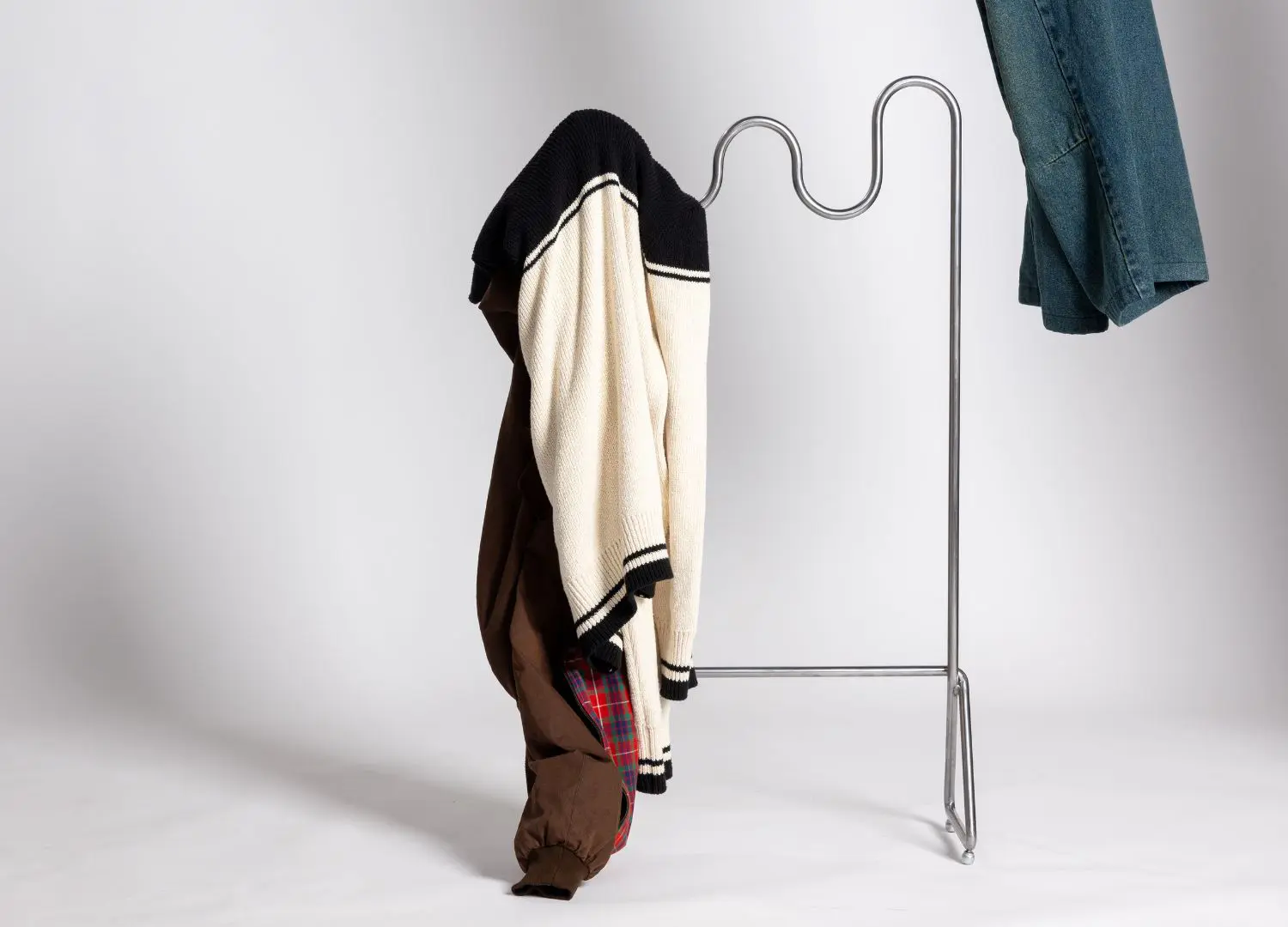Unlocking new trends and user needs: the impact of Brand-School collaborations
The partnership between MUJI and IED produced 8 product concepts that, according to the Japanese company, seamlessly embody the brand’s values while perfectly addressing the needs of the Italian market.

Collaborations between brands and design schools often offer valuable strategic input for new product development, as seen in the partnership between MUJI and IED Turin students. These briefs, guided by tutors, provide young designers the freedom to explore fresh, uninhibited creativity.
While the designers may lack experience, young students bring enthusiasm and a desire to work on real-world projects, devoting time and energy to developing ideas that are often free from the constraints of traditional market logic. The real value of collaborations between brands and schools lies in this freedom—allowing for the exploration of innovative solutions, while senior mentors ensure feasibility.

This case illustrates how a company can gain not only new ideas but also valuable insights by engaging directly with its target audience. In this instance, the brief invited prospective customers to design products for their own demographic. The resulting concepts reflect both practical feasibility and strong appeal for MUJI.
We spoke with Cristian Seveso, Area Manager of MUJI Italy, to gain insight into the origins of the partnership and the development of the project.

How did the idea of collaborating with IED for this design course come about?
Cristian Seveso:
“IED Turin reached out to propose a collaboration with their final-year students. The concept was for them to design a new product that could be added to our catalog and launched on the market.”

Why did you decide to focus on the young design students from IED? What did you think they could bring to Muji?
Cristian Seveso:
“We were instantly excited about the project, as we had been thinking for some time about how young people view MUJI products and what might be missing in their everyday lives. We envisioned something with a simple, functional design that could be a long-lasting companion. A product that would be useful to students during their academic years and could continue to have value in the years to come. Who better than the IED students to provide insight into this?”

What were your initial expectations for this collaboration, and what outcomes were you hoping to achieve from the students’ projects?
Cristian Seveso:
“With this initiative, we aimed to better understand young people in this age group, their needs, and what might be missing from our catalog to support them during this significant phase of their lives. We were pleasantly surprised by how the results aligned with MUJI’s philosophy while addressing their specific needs, which differ from those of our typical customers. In some cases, the concept designs produced were functional and impressively innovative in their simplicity.”

What brief did you present to the students, and what key elements were you hoping to see in the final projects?
Cristian Seveso:
“We asked them to design a product for everyday use, tailored to a young university student, but one that could continue to serve a purpose in the years ahead. The goal was to create something of high quality while remaining affordable. As a result, careful consideration of the materials was crucial.”

How did the students’ projects influence or inspire Muji, and do you see this collaboration as a starting point for future initiatives?
Cristian Seveso:
“The projects presented were all highly interesting and prompted us to reflect not only on the products themselves but also on the needs of young people in the post-COVID era. At the conclusion of the project, we showcased all the designs at our Corso Buenos Aires store in Milan, where they drew significant interest from customers, both young and old. We also shared the initiative with our headquarters, who found it very compelling. As for the future—who knows? The insights we’ve gained from this project are undoubtedly valuable for MUJI.”













